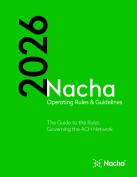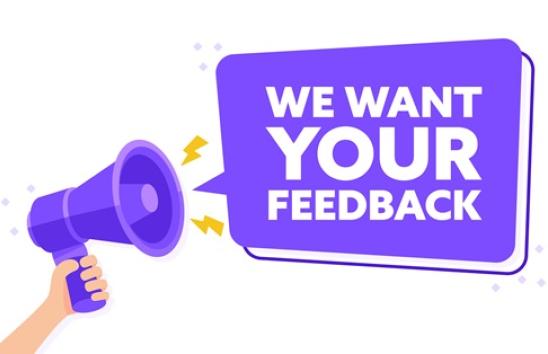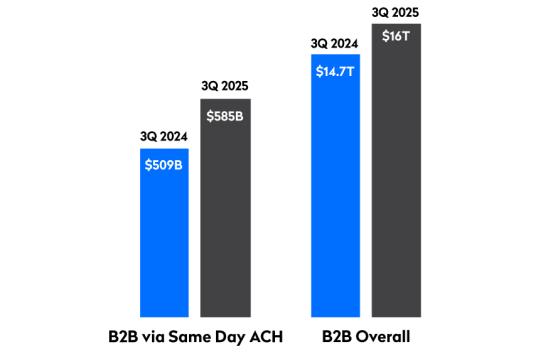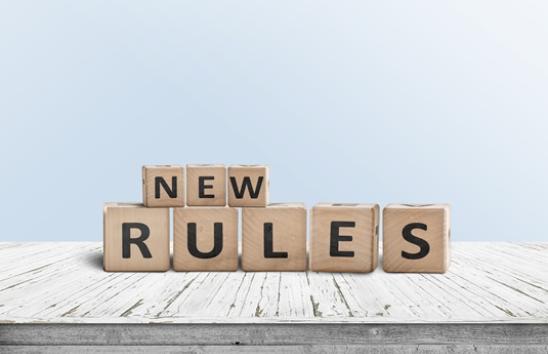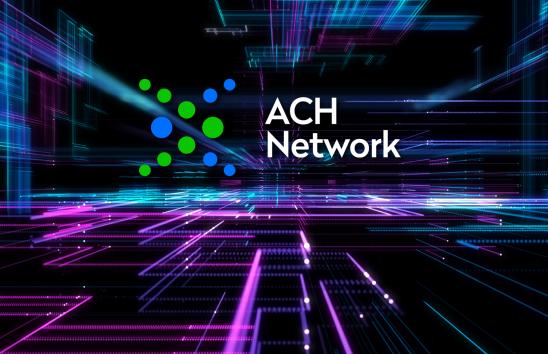Moving Toward a ‘Checkless Campus’ at Colleges and Universities

Even higher education professionals can sometimes use a little schooling—especially about how to make and receive payments.
“I think for schools, their objective should be a checkless campus,” said Michael Herd, Nacha Executive Vice President, ACH Network Administration. Nacha would like to see more payments—business-to-business, tuition, donations, salaries, refunds and more—at every college and university, made or received by ACH.
To help schools make the move—and ditch paper checks—Nacha has partnered with The Payments Academy, a nonprofit that provides learning and collaboration in the field of payments and payments risk management. At the group’s conference in early May, Herd and Brad Smith, Nacha Senior Director, Industry Engagement and Advocacy, hosted the session “ACH and Higher Education: Choosing the Best Use Cases from the ACH Course Catalog.”
While Nacha research shows that many tuition payments are made by ACH, there are numerous other opportunities for schools to use ACH. So why does the use of checks persist?
“My sense is it’s maybe not a lack of understanding, but inertia about the way they do things, and the difficulty in getting changes approved,” said Herd. “Every office has its own system and its own approvals.” The result is that the treasurer’s office, the bursar’s office, the payroll department and the fundraisers are all on different systems under different authority.
While that explains the current state, the opportunities abound. Smith said it’s time to put an end to checks, both incoming and outgoing, and offered a stark reason for higher ed institutions to do so.
“I think they need to pay attention to check fraud, how rampant it is and how truly unsafe the processing and mailing of checks is,” said Smith. He pointed to a recent Association for Financial Professionals report showing that checks are the payment system most vulnerable to fraud, resulting in billions of dollars in annual losses.
One ACH use case Herd and Smith said resonated with the audience was recurring donations.
“Their eyes lit up when we talked about it. It’s something they had been thinking about, but maybe this elevated it higher on the priority list,” said Herd. “Getting a one-time donation is a great one-time result for a fundraiser, but in the long term, having a monthly recurring donation that the donor never turns off is a better outcome. And ACH is perfectly suited for that.”
And whether it’s a donor, a parent, an employee or a vendor, Herd said there’s one crucial point that always needs to be made: “They need to convey the message that ACH payments are safe and the data is protected.”
Herd also believes there are things Nacha and The Payments Academy can do to encourage change.
“We can provide compelling information about the benefits of ACH, including the core use cases and the cost effectiveness, and continue to call out the risks with continuing to use checks,” said Herd.
Herd also taught a second class, “The Three ‘Rs’ of ACH Payments: Returns, Reinitiation, and Reversals,” which focused on understanding why payments go wrong, and offered some best practices to keep that from happening.
